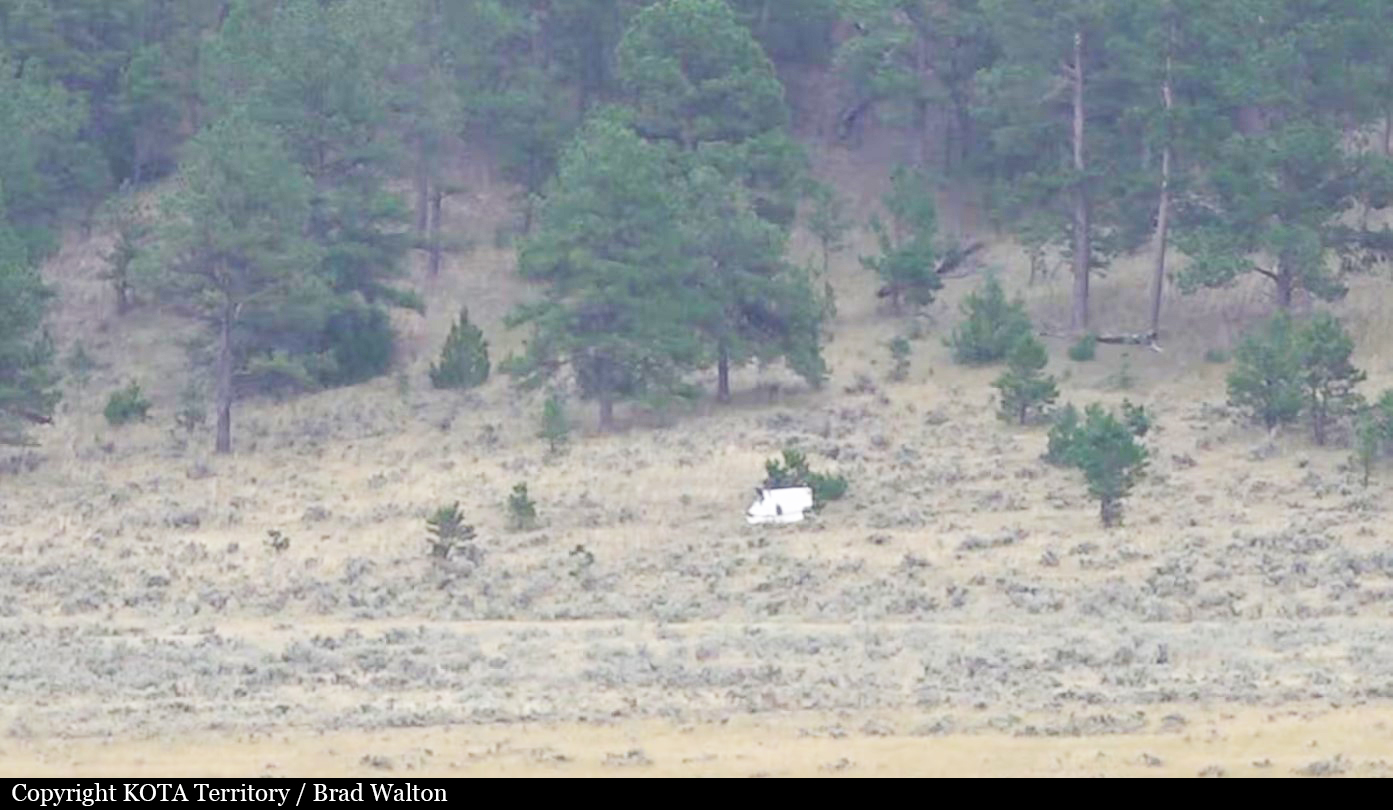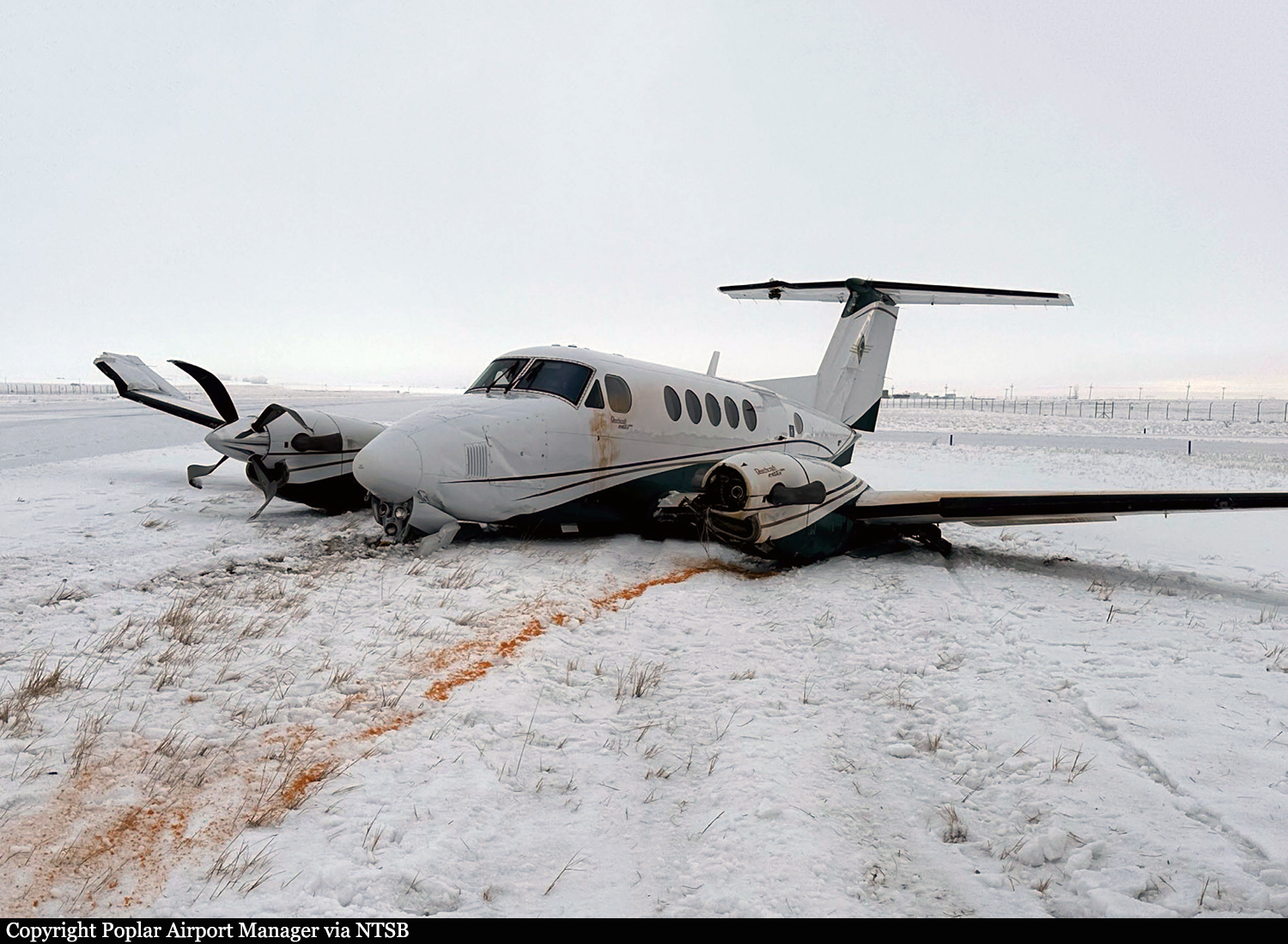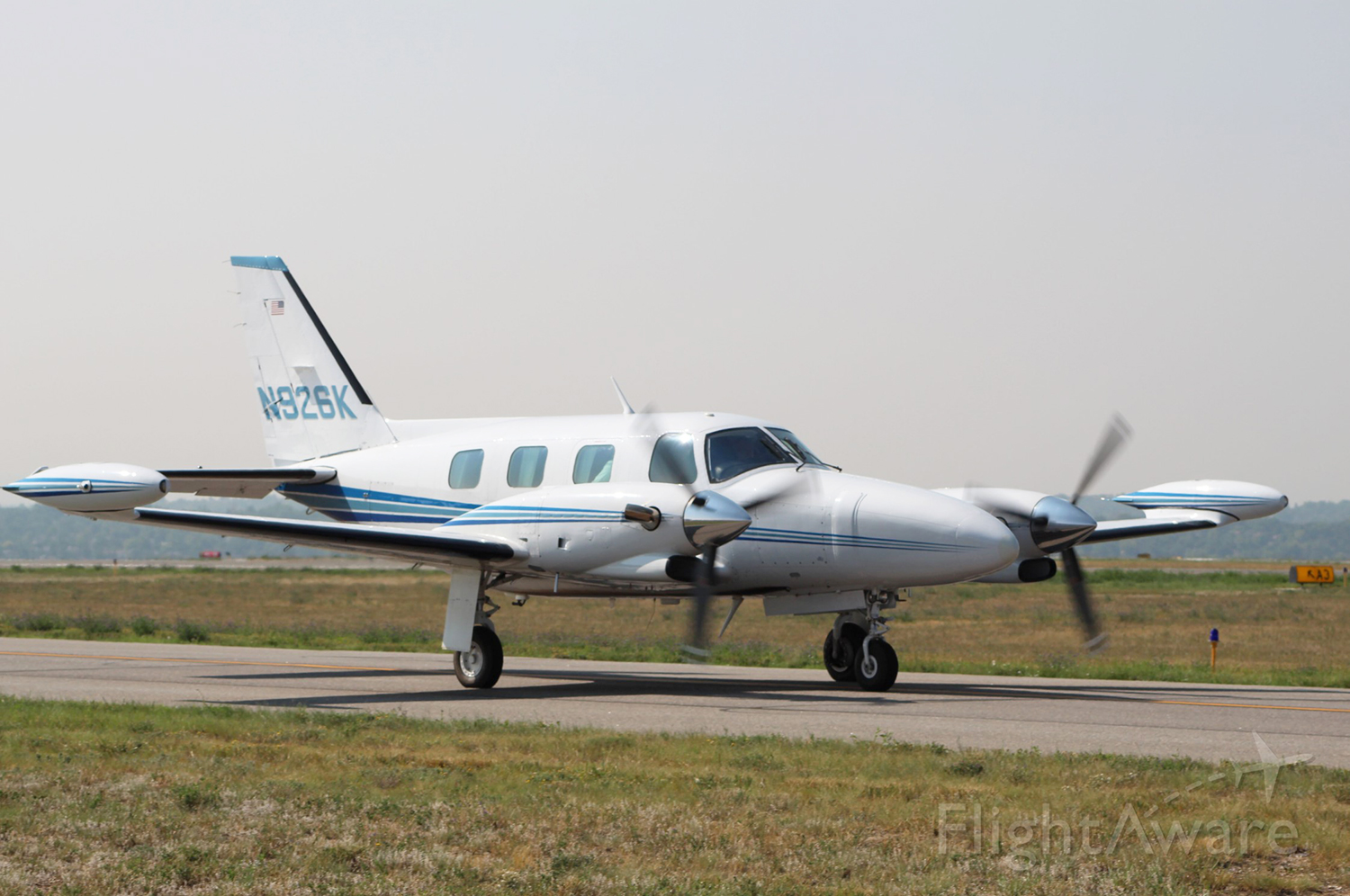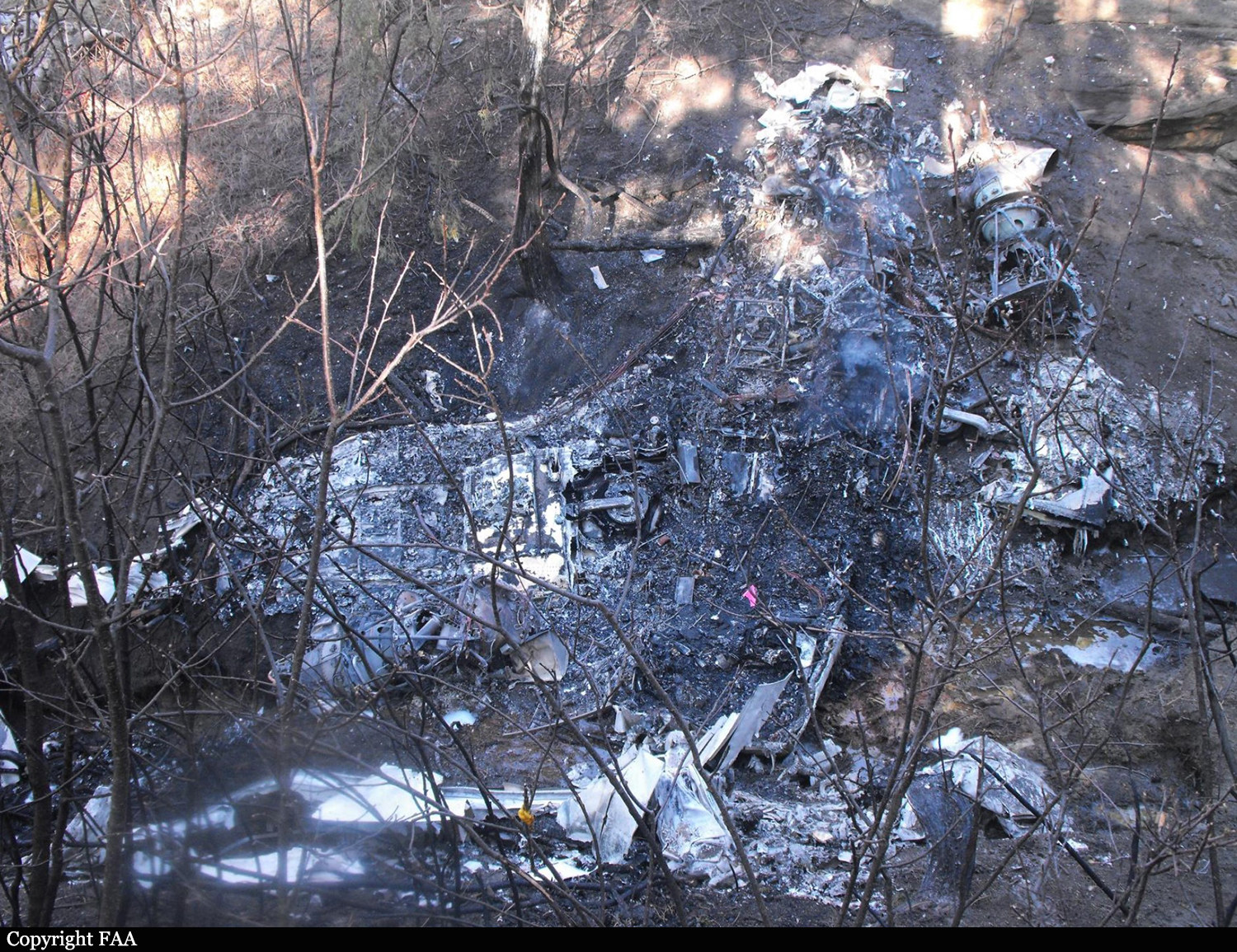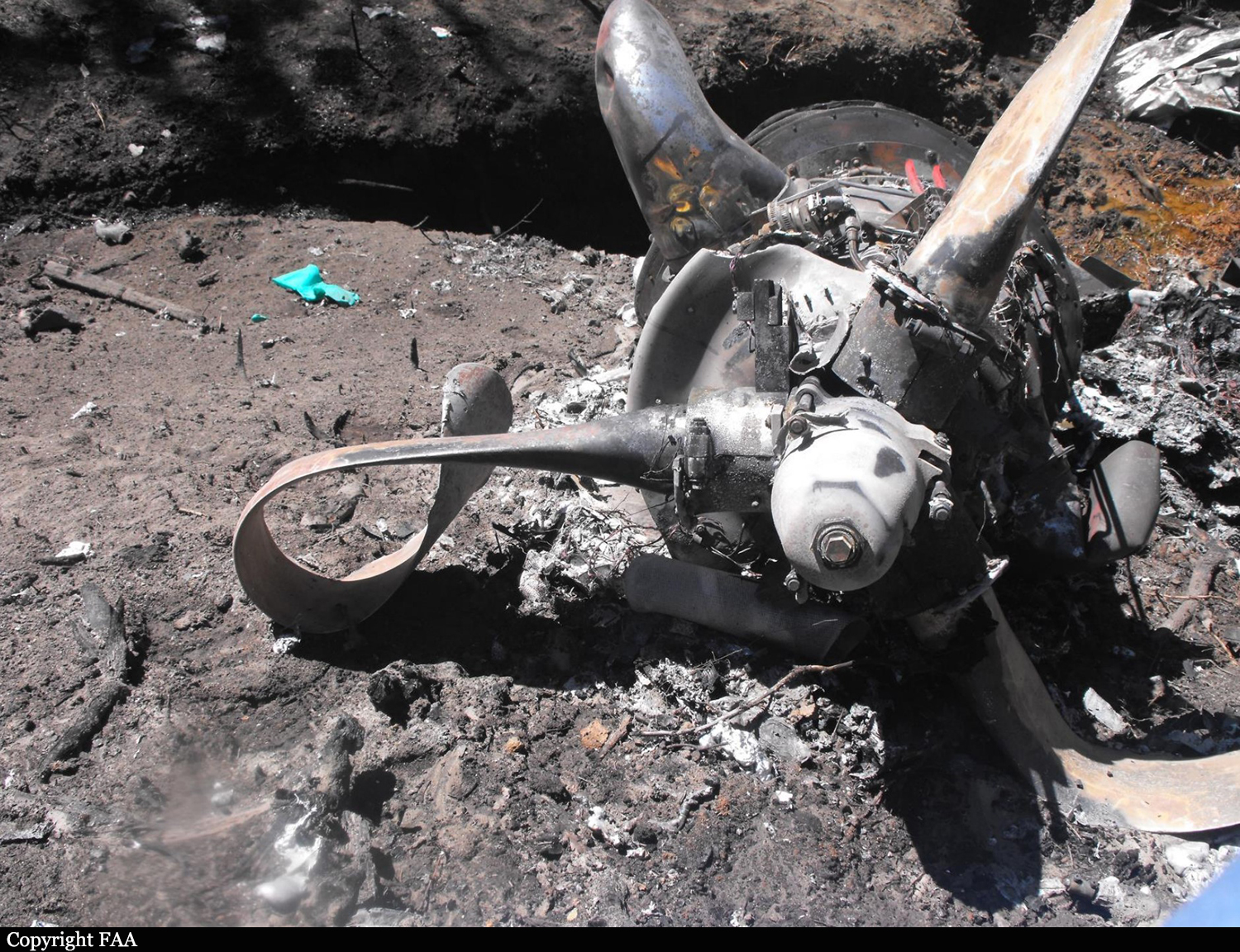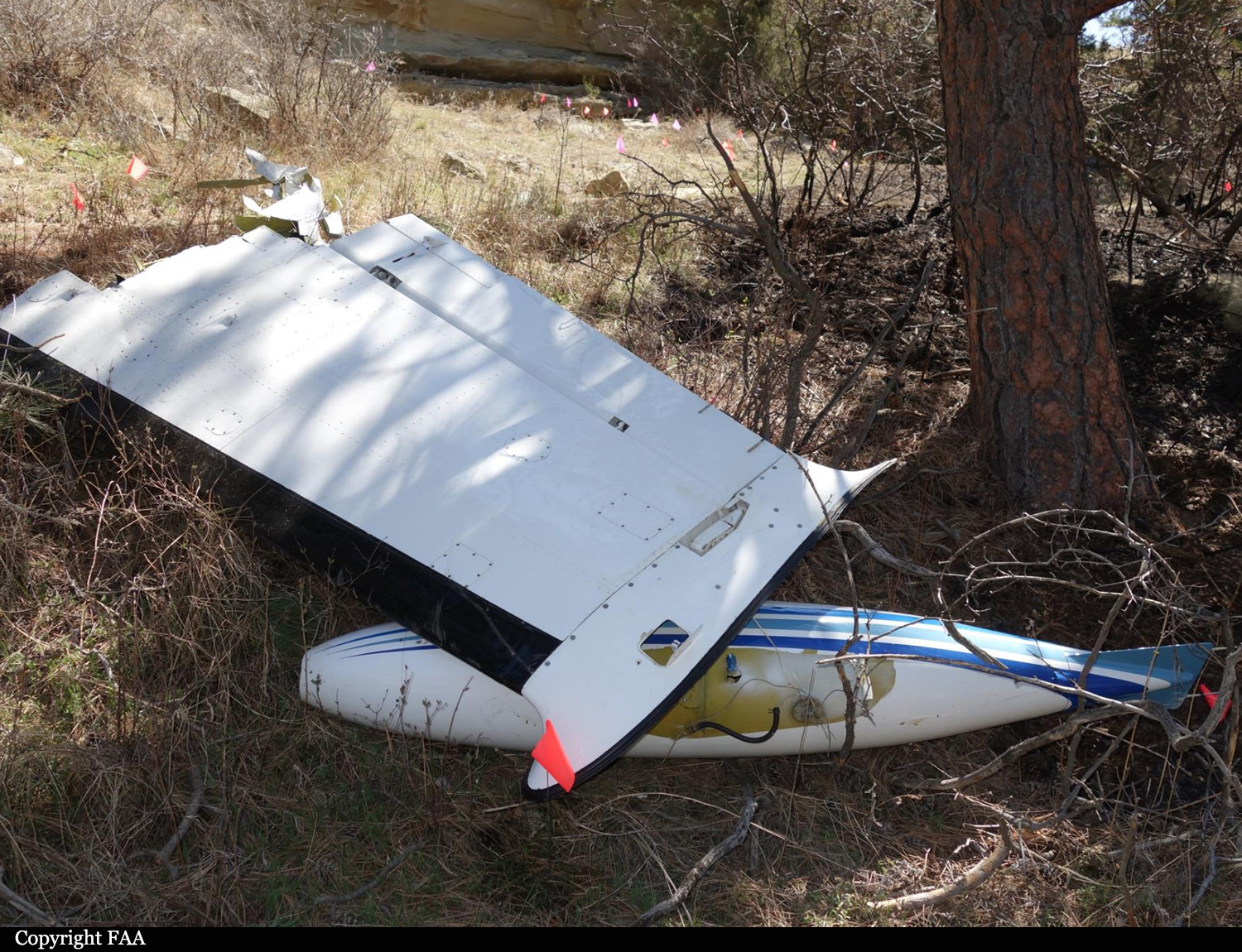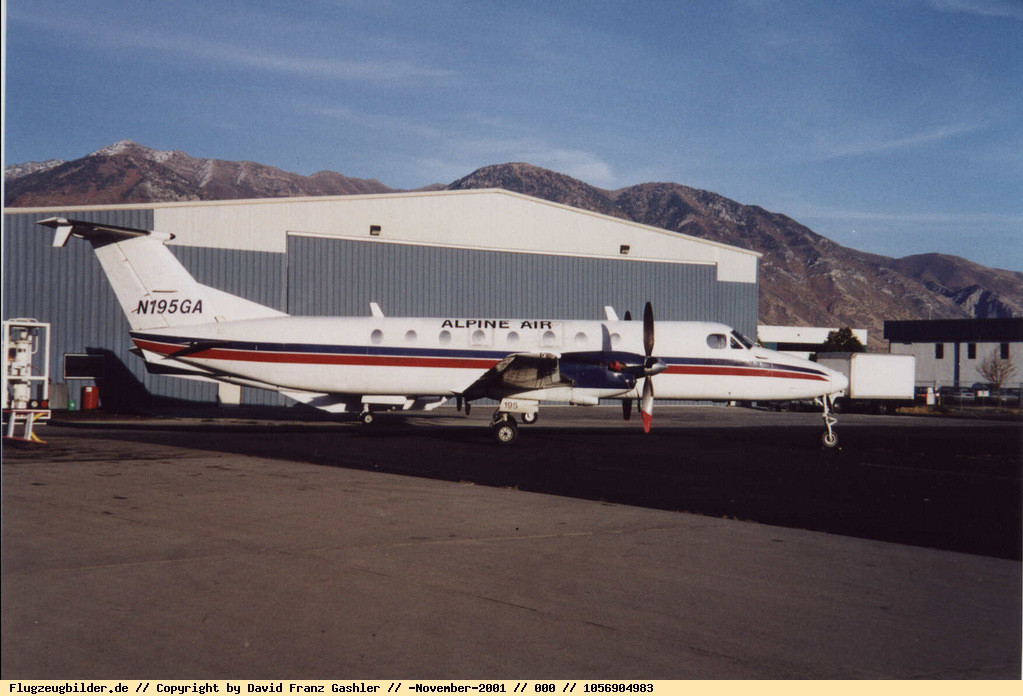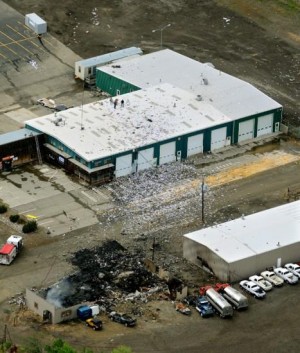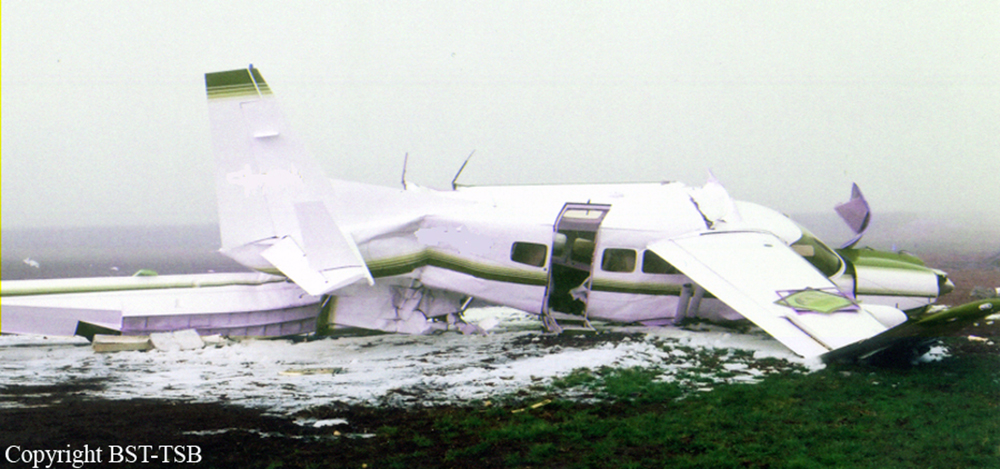Crash of a Pilatus PC-12/47E near Gillette: 7 killed
Date & Time:
Jul 26, 2024 at 1305 LT
Registration:
N357HE
Survivors:
No
Schedule:
Nebraska City - Billings
MSN:
1203
YOM:
2010
Crew on board:
1
Crew fatalities:
Pax on board:
6
Pax fatalities:
Other fatalities:
Total fatalities:
7
Circumstances:
The single engine airplane departed Nebraska City Airport on a flight to Billings, carrying six passengers and one pilot. While cruising at FL260, the pilot informed ATC he was losing control of the airplane that entered a dive and crashed in a dense wooded area located about 50 km north of the Northeast Wyoming Regional Airport located near Gillette. The airplane disintegrated and all seven occupants were killed, among them three members of the Southern Gospel band 'The Nelons'
